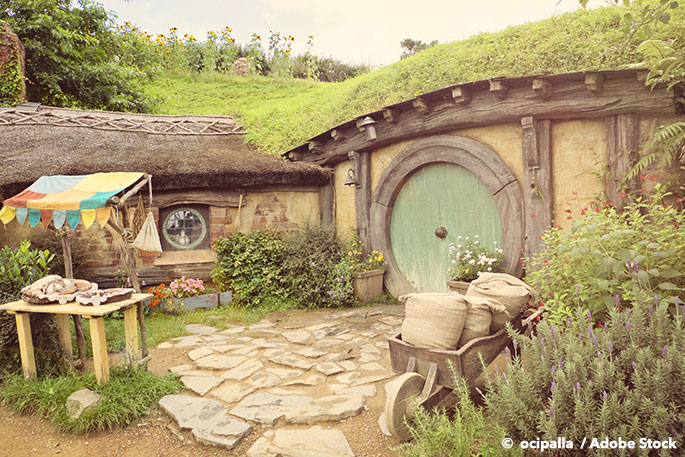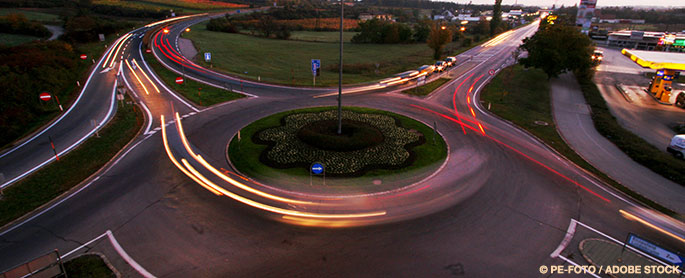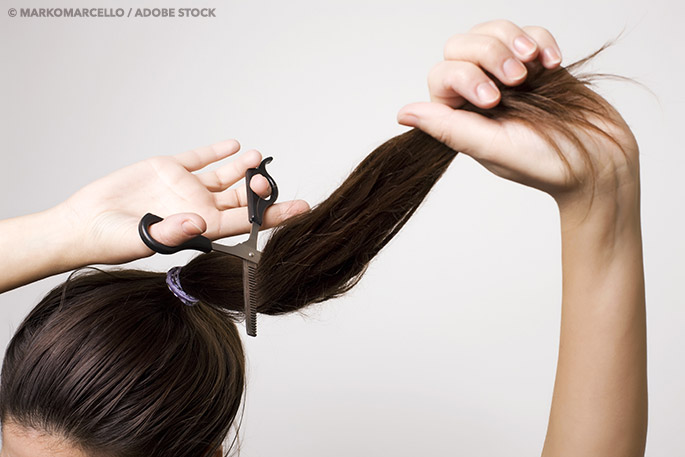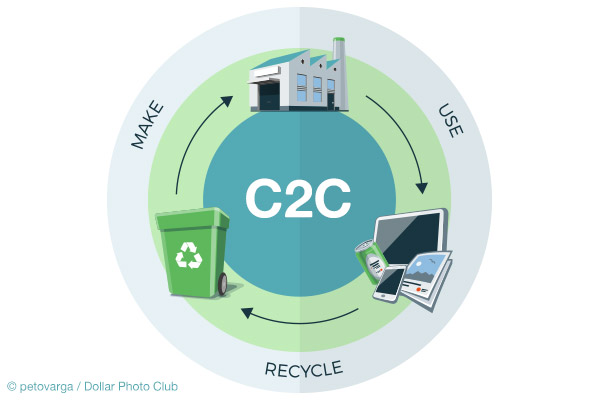
Recycling and the Circular Economy: A Model for Long-Term Sustainability
Our economic model now is linear. We take resources, make a product, sell it, and when it is used up, throw away the remains.

Are Hobbit Holes a Zero Waste Living Solution?
Thanks to Peter Jackson and his blockbuster films, everyone in the world knows about hobbits. They're small, furry-footed folk who, despite their provincial life, are brave, loyal, and willing to take great personal risks to do what's best for the world.

Can Hemp Give Us Zero Waste Plastic?
More than half the plastic in the world is made in the United States. The sheer amount of oil that goes into making that plastic is mind-boggling to contemplate, particularly when you consider how finite oil is as a resource.

Are Traffic Rotaries a Zero Waste Approach to Emission Reduction?
Traffic rotaries, also known as roundabouts, are an alternative solution to traffic lights. The way they work is that traffic feeds into a circle, and drivers exit at the road they want to take.

Recycle Your Hair By Making A Donation
If you're going to get your haircut, wouldn't it make sense to do something worthwhile with it, instead of just throwing it in the garbage? Lots of people with long, lustrous locks donate their hair every year to make wigs for good causes. Whether it's for children with conditions that cause their hair to fall out, or for adults suffering hair loss because of cancer treatment, it seems like a fairly simple process.

4 Ways to Create a Zero Waste Garden
Summer is officially here, and gardens across the country are in full bloom. While most would consider gardening an eco-friendly activity, there can be a considerable amount of waste involved, even with the best of intentions.

How to Work Towards a Zero Waste Office
The goal of zero waste might sound like a lofty and idealistic one, but it is easier than you might think. Like any other policy change that a business undertakes, there are a few basic steps to ensure success.

Cradle to cradle model offers next step in zero waste
Welsh poet John Dyer first used the term "cradle to grave" in the 1700s. Modern industry has a new spin on the term in the cradle to cradle model, or C2C.




































































































































